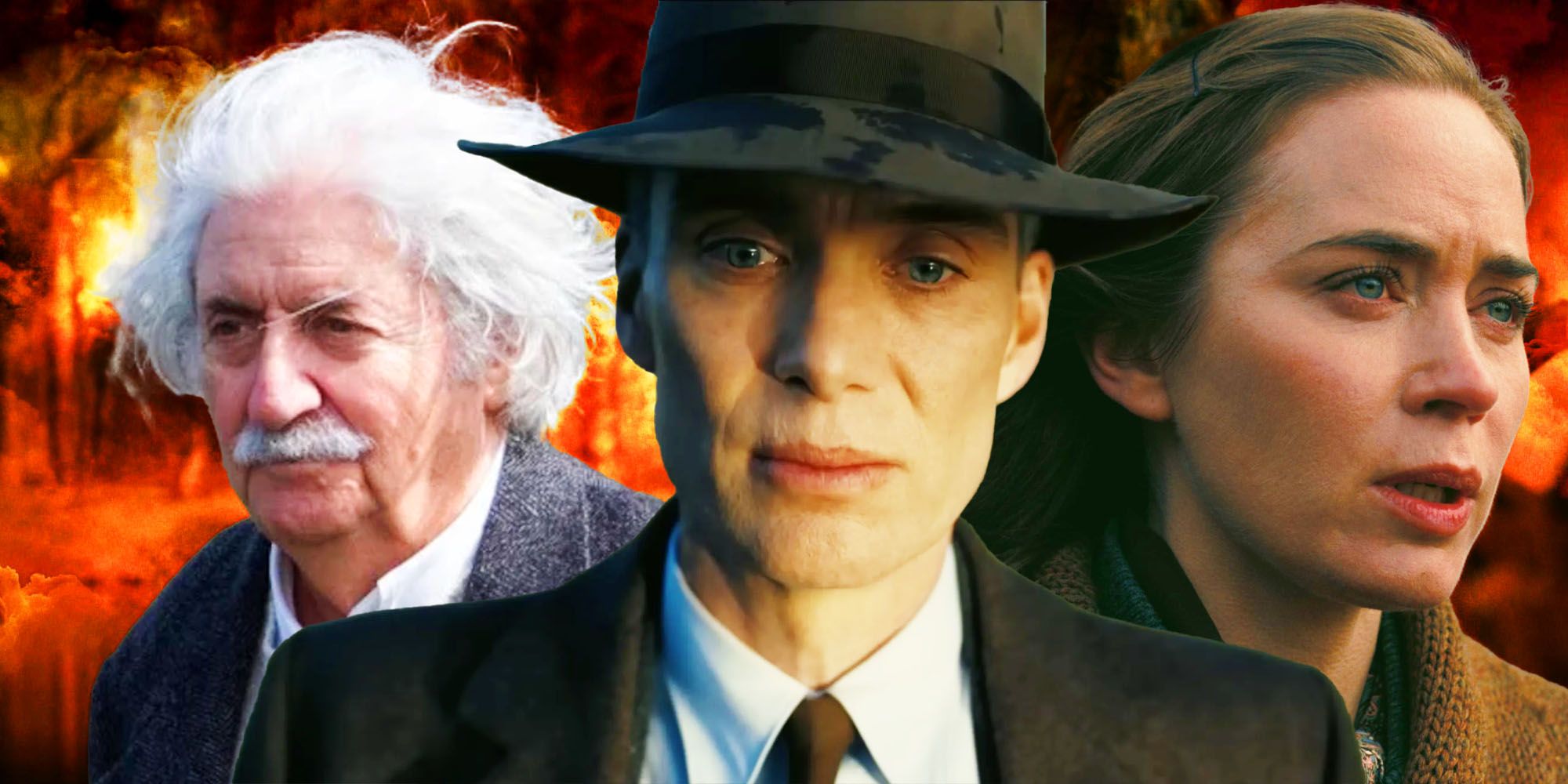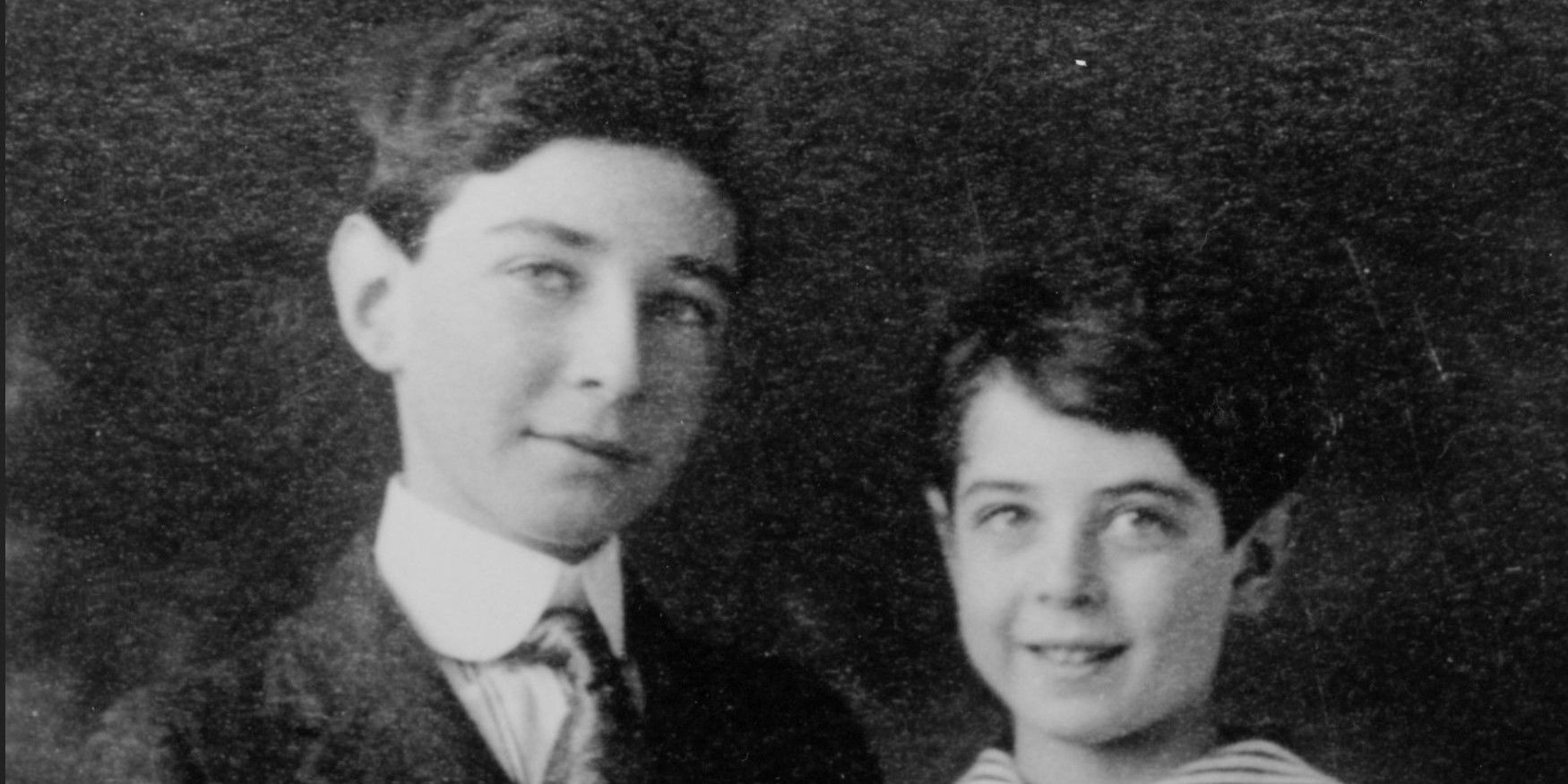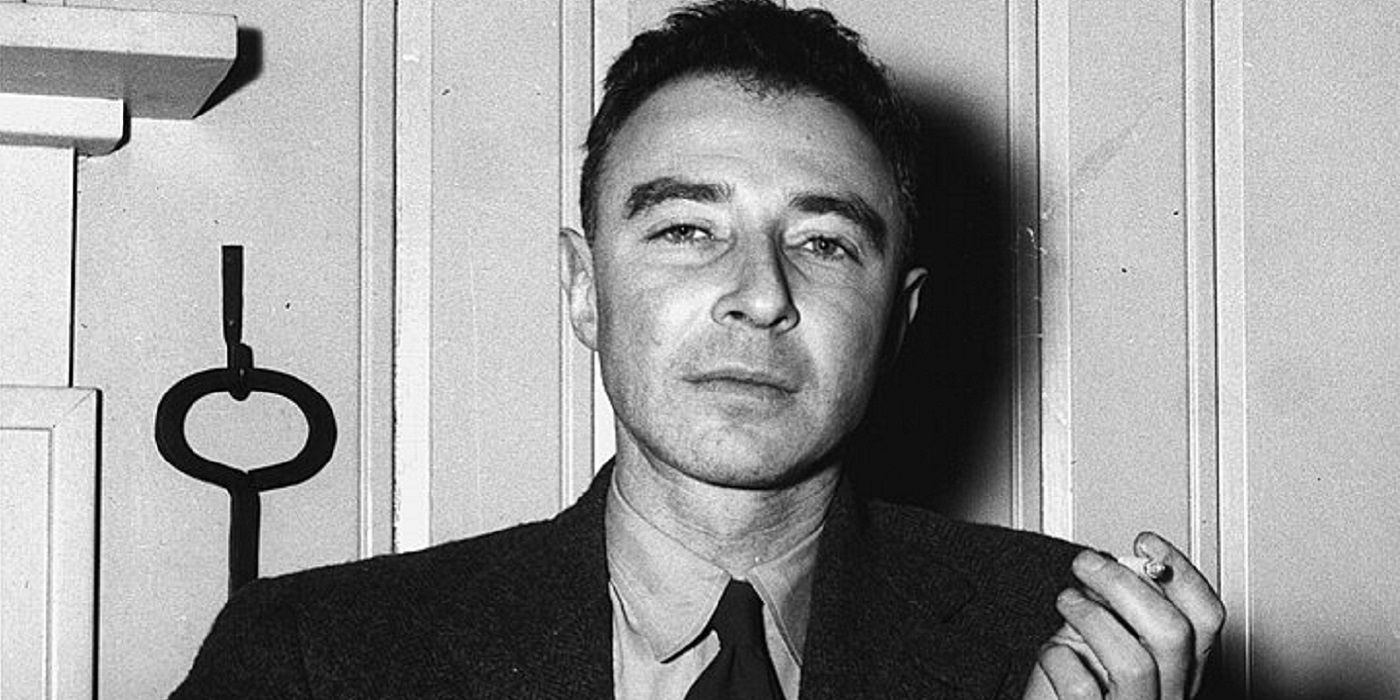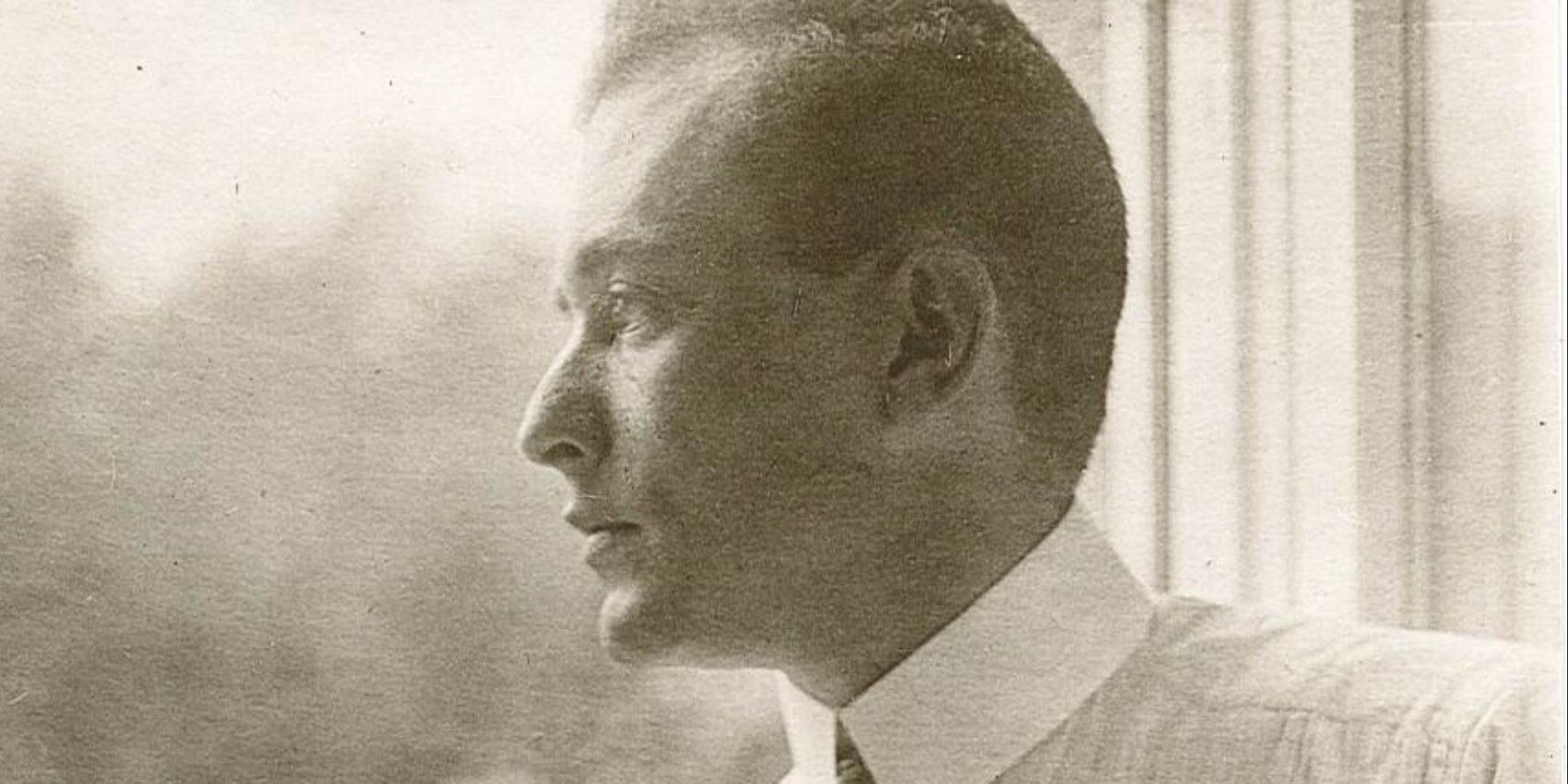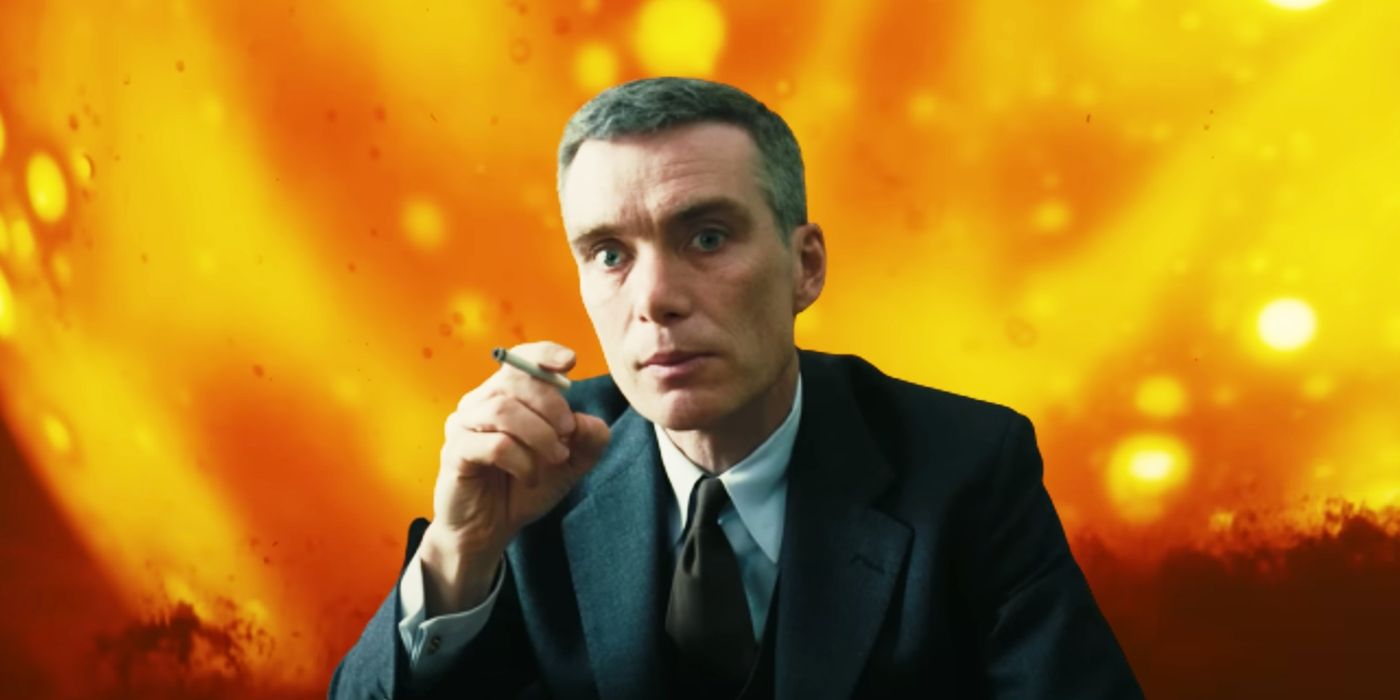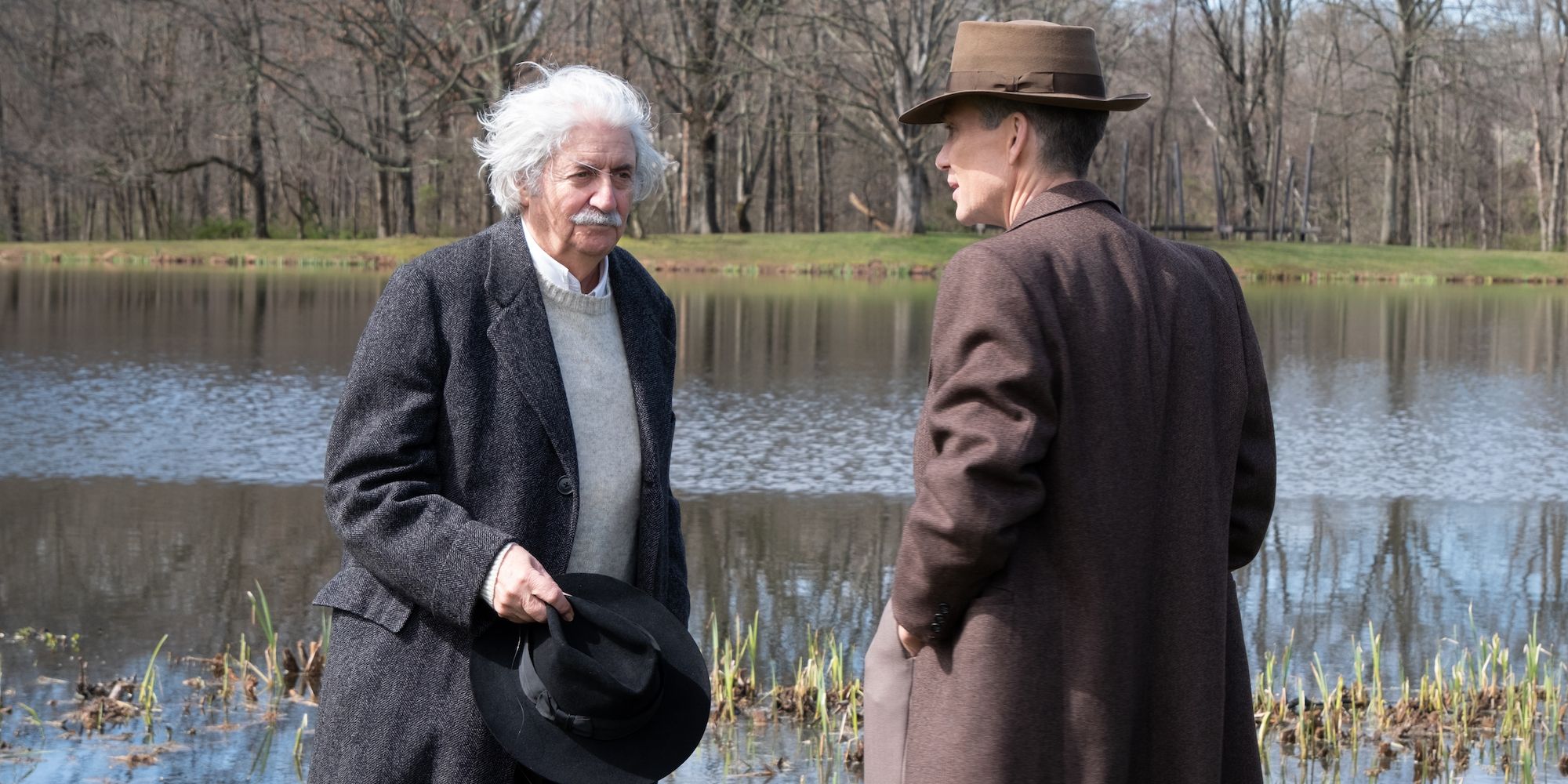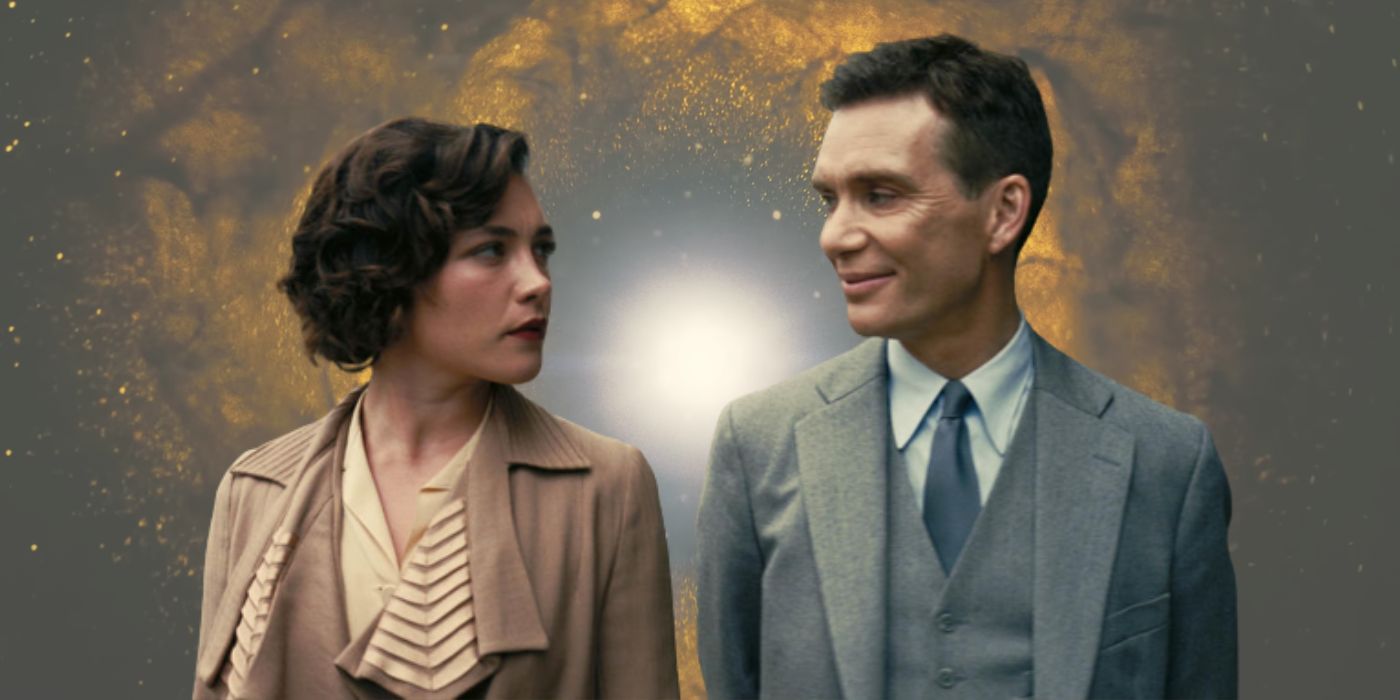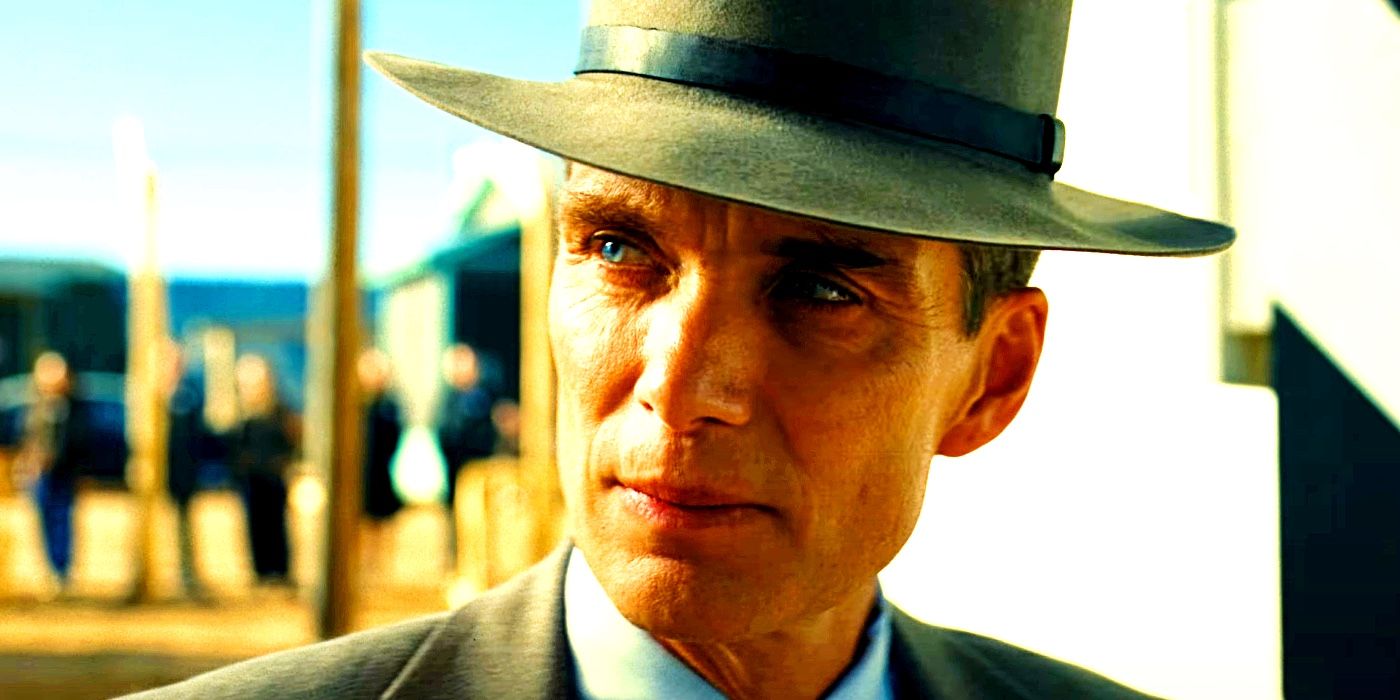Warning: Spoilers ahead for Christopher Nolan’s Oppenheimer!Christopher Nolan’s Oppenheimer recounts the life of J. Robert Oppenheimer, the father of the atomic bomb, but it inevitably leaves parts of his story out. The epic biopic attempts to capture the essence of the famous physicist’s life and his role in the creation of the bomb. Oppenheimer immerses the audience in a complex world, deftly intertwining flashbacks and flash-forwards to unravel the enigmatic genius behind the development of the devastating weapon. Nolan’s meticulous attention to historical accuracy is evident throughout the film, which draws heavily from the Pulitzer Prize-winning biography American Prometheus by Kai Bird and Martin J. Sherwin.
Even with such painstaking research, crucial aspects of Oppenheimer’s life are left unexplored. The film includes his pivotal role in the Manhattan Project, but it only scratches the surface of his extraordinary contributions to science. While Oppenheimer delivers a compelling theatrical experience that offers insight into the life of the famous physicist, it leaves audiences yearning for a more comprehensive exploration of the man behind the myth.
10 Oppenheimer’s Childhood
Oppenheimer was born in Manhattan on April 22, 1904. His younger brother, Frank Oppenheimer, also became a physicist. According to American Prometheus, their upbringing was shaped by their non-observant Jewish parents, Ella, a painter, and Julius, a textile importer. Oppenheimer subtly alludes to its lead’s background when he mentions his father is a self-made man. Julius arrived in the U.S. as a penniless immigrant, and he began working in a textile factory. Over the next few decades, he achieved success as a textile importer, leaving an indelible mark on the family’s trajectory.
Despite the movie’s fleeting reference to this background, it doesn’t dig into Oppenheimer’s roots as much as it should. The physicist’s background illuminates the complexities of his character and the values that shaped his life. Growing up in a household where art and culture were cherished alongside scientific curiosity, Oppenheimer’s intellectual development found a nurturing environment. These formative years played a crucial role in shaping the man he later became. Although he came from a non-observant household, religion was also a key part of Oppenheimer’s personal story, and antisemitism may have contributed to the rancor he faced later in life.
9 Oppenheimer & His Brother Were Wealthy
Oppenheimer’s privileged upbringing afforded him access to an excellent education and ample opportunities to travel. Growing up in a luxurious condo adorned with original art from masters like Van Gogh, Oppenheimer and his brother were no strangers to a life of comfort. When their father passed away in 1937, he left his sons a substantial inheritance equivalent to $4 million each in today’s terms. This windfall proved crucial during the dark era of McCarthyism, when both brothers had their careers destroyed by blacklisting. In an era where men were often the sole breadwinners, the loss of professional opportunities posed a genuine threat to their livelihoods.
Frank, blacklisted in 1949, experienced immense difficulty pursuing a career in physics. It wasn’t until 1959 that he secured a teaching position at the University of Colorado. Fortunately, he was able to sell a valuable Van Gogh painting and buy a ranch in Colorado in the meantime, something Oppenheimer also left out when revealing the fates of character. Robert’s clearance was revoked in a questionable hearing in 1953. Despite the blacklisting, he held onto his position as director of the Institute for Advanced Study at Princeton, a testament to his determination in the face of political pressure. His clearance was only posthumously restored in 2022, underscoring the long-term impact of McCarthyism on the lives and careers of these brothers.
8 Oppenheimer’s Interest In Eastern Philosophy & French Literature
Oppenheimer’s remarkable intellect was evident from an early age. He achieved the rare distinction of graduating summa cum laude from Harvard at the age of 21. Beyond the realm of science, Oppenheimer sought intellectual fulfillment through his passion for Eastern philosophy and French literature. Delving into Hinduism, he taught himself Sanskrit to read sacred scriptures like the Bhagavad Gita in their original language. The profound insights from these texts deeply affected him, although he never underwent formal conversion. In fact, Oppenheimer’s tragic quote, “I am become death, destroyer of worlds,” came from the Bhagavad Gita.
Oppenheimer’s insatiable thirst for knowledge extended to other languages as well. His passion for French was enriched by his close friendship with Hakkon Chevalier, a French professor he taught with at Berkeley. Languages came easily to Oppenheimer, who ultimately expanded his linguistic repertoire to include Greek, Latin, German, English, Sanskrit, Dutch, and even some Chinese. Oppenheimer hints at its lead’s multilingualism through a scene where he impresses Jean Tatlock by reading Sanskrit to her. However, the movie doesn’t dig too deeply into the fact that Oppenheimer was a polymath with a grip on multiple languages.
7 Oppenheimer’s Nervous Breakdown During College
Oppenheimer alludes to the title character’s mental health struggles, depicting scenes of him curled up in bed and expressing his aversion to Cambridge. The film even shows Oppenheimer poisoning the apple of his hated professor, Patrick Blackett, an event that occurred in real life. Although Blackett never ate the apple, this incident raised concerns about Oppenheimer’s mental health. In response, Oppenheimer’s father intervened to prevent his expulsion from Cambridge. Part of the conditions for Oppenheimer’s continued education included seeking treatment from a psychotherapist. During this time in therapy, Oppenheimer received a diagnosis of “dementia praecox,” known today as schizophrenia.
Following this period, Oppenheimer transferred to the University of Göttingen in Germany. Depression continued to crop up throughout his life. Unfortunately, access to proper help and support was limited during Oppenheimer’s time. As a result, the physicist never received the assistance he needed. This lack of understanding and resources proved a poignant reality of his life, hindering the extent to which he could effectively cope with difficulties.
6 Max Born Mentored J. Robert Oppenheimer
Max Born is curiously absent from the narrative of Nolan’s Oppenheimer, despite the prominent presence of figures like Enrico Fermi, Albert Einstein, Richard Feynman, Werner Heisenberg, and Niels Bohr. Born played a pivotal role in shaping Oppenheimer’s scientific growth. It was under Born’s guidance that Oppenheimer pursued and earned his Ph.D. in quantum physics at the age of 23. A notable milestone in their collaboration came in 1927, when Born and Oppenheimer jointly developed the Born-Oppenheimer approximation.
Despite Born’s substantial influence on Oppenheimer’s growth and the scientific contributions they made together, the film regrettably omits this aspect of Oppenheimer’s life. The Born-Oppenheimer approximation continues to be a cornerstone of quantum physics, its importance permeating various fields and research endeavors. It also remains Oppenheimer’s most-cited work. Acknowledging Born’s impact on Oppenheimer’s early academic years would expand viewers’ knowledge of the intricate network of relationships and ideas that shaped his scientific journey.
5 Oppenheimer’s Early Scientific Work
Oppenheimer is often referred to as the father of the atomic bomb, but he could just as easily be called the father of black holes, quantum electrodynamics, or positrons. Although he is most remembered for his work on the Manhattan Project, Oppenheimer’s contributions to theoretical astronomy, quantum mechanics, and nuclear physics were diverse and far-reaching. Much of his pioneering research was conducted before World War II, and he left an enduring impact on 20th-century physics and astronomy.
Oppenheimer contributed to the field of spectroscopy, devising methods to analyze the radiation emitted by stars and determine their gaseous composition. His studies in nuclear fission and artificial radiation contributed to the discovery of the Oppenheimer-Phillips Process. Moreover, his exploration of cosmic radiation and gravitation yielded numerous discoveries in astronomy, predicting the existence of phenomena such as the gravitational collapse of stars, neutron stars, and, most notably, black holes. These extraordinary achievements firmly established Oppenheimer as an influential scientist of his time well before his involvement with atomic weaponry.
4 J. Robert Oppenheimer & Albert Einstein’s First Meeting
Nolan’s Oppenheimer portrays a fictional conversation between Oppenheimer and Albert Einstein, which is set at Princeton sometime in the early 1950s. During this conversation, Einstein advises Oppenheimer on how to handle the hearings he’s facing. The two men also discuss their Jewish identities and how to respond to the anti-communist witch hunt. During the course of this conversation, Oppenheimer remarks that they’ve known one another for decades. The specific conversation that takes place in the movie likely never happened in real life. Still, it is emblematic of the men’s relationship and helps to contextualize Oppenheimer’s choices during the Red Scare.
The real Einstein and Oppenheimer first met in January 1932, when Einstein visited CalTech while Oppenheimer was teaching there. The two became professionally acquainted then, but they did not become close until decades later when they were both faculty at Princeton. In the meantime, they disagreed passionately about many scientific theories. Despite their profound professional disagreements, the two men respected one another’s scientific contributions and agreed on the need for nuclear restraint after the war. Oppenheimer skips ahead to when their relationship is already established, failing to show their lengthy history with one another.
3 Oppenheimer’s Struggles With Tuberculosis & Buying The Ranch
Oppenheimer’s journey to New Mexico began in 1921 when he traveled to the region at the tender age of 17 to recover from a colitis attack. The experience left an indelible mark on him, and he developed an affinity for the area’s enchanting landscapes. Thus, when he was diagnosed with tuberculosis in 1928, the knowledge that the hot and dry climate of New Mexico was conducive to treating respiratory problems influenced his decision to settle there. He leased and later purchased a ranch alongside his brother, endearingly named Perro Caliente, which translates to “Hot Dog” in English. Oppenheimer’s son, Peter, continues to reside on the ranch to this day.
The simple log cabin on the Perro Caliente ranch became a refuge for Oppenheimer throughout his life. Oppenheimer found solace and strength in the rugged beauty of the region. His love of the land was instrumental to his suggestion that the U.S. government establish the nuclear program in Los Alamos. Ironically, this meant that he helped deliver the first atomic explosion to the heart of the land he loved.
2 Oppenheimer’s Second Affair While Married To Kitty
Nolan’s movie tackles what happened to Jean Tatlock. Oppenheimer’s affair with Tatlock spanned several years, and it was known to everyone, including his wife, Kitty. In 1943, Tatlock took her own life. Oppenheimer felt that her death by suicide was at least partly his responsibility. The government had taken notice of his relationship with Tatlock, going so far as to tail them while they were together. Tatlock was a Communist party member, and the government was concerned about Oppenheimer’s loyalties. Due to this scrutiny, Oppenheimer told Tatlock it was best if they broke off their relationship.
Although the movie explores Oppenheimer’s relationship with Tatlock in depth, it only mentions his second mistress in passing. Oppenheimer’s affair with Ruth Sherman Tolman lasted decades, so it’s surprising it wasn’t included more. Tolman was a psychologist working with the Office of Strategic Services (OSS) during World War II. Her affair with Oppenheimer continued long after the war, with some speculating that her husband’s passing was due to a broken heart.
1 Oppenheimer’s Death In 1967
On February 18, 1967, Oppenheimer died in Princeton, New Jersey. He had continued his work at the Institute for Advanced Studies at Princeton University until his health deteriorated rapidly in 1966. He succumbed to throat cancer at age 62, just two years after being diagnosed. The relentless habit of smoking, which he had cultivated throughout his life, likely played a role in the development of his illness. Those who knew Oppenheimer attested that he smoked more than he ate, reportedly consuming up to 100 cigarettes each day. Oppenheimer doesn’t delve into its title character’s death, as the film takes place before 1967.
Source: American Prometheus
This story originally appeared on Screenrant

